Here are some useful Tea Bag Uses for the garden that will surely make you save them the next time! Do not throw them away!
Tea leaves contain around 4.15 percent nitrogen and other nutrition that nourish the soil. They also improve the soil structure and increase drainage. Also, the tannic acid in tea leaves can mildly change and lower your soil pH, just like coffee grounds.
Check out our article on the coffee ground uses in the garden here
Amazing Tea Bag Uses for Gardens
1. Composting
Teabags are great to add to compost because they add nitrogen and also attract good bacterias. But before using them in the compost pile, always slit open the bags.
2. Repel Pests
Simply brew a weak tea with old bags and use it to water plants and also sprinkle on leaves. It is an organic way to deter pests and fungal diseases while providing nutrition.
3. Plant Food
Tear open some tea bags and disperse the contents around the plants. Tea leaves will nourish your plants every time you water by increasing nitrogen levels, improving soil structure, and giving earthworms a delicious meal to eat!
4. Great for Acid Loving Houseplants
Ferns and many other houseplants prefer acidic soil. Open up the tea bags and work used tea leaves into the soil in pots. It will slightly lower the pH level and also provide plants with some nutrition and minerals.
5. Speed up Composting
Brew a strong tea with used tea bags and after it cools down, pour the liquid and tea bags over the compost heap. It will speed up the composting process and will also make it acid-rich.
6. Natural Fertilizer for Potted Plants
Brewed tea leaves make a useful liquid fertilizer as they contain high levels of minerals, carbohydrates, and other nutrients that help plants grow.
7. Give Roses a Boost
Roses absolutely love tea leaves! Slit open the used tea bags and sprinkle tea leaves around roses to give them a needed boost in growth.
8. Start Seedlings
Teabags make for a great source of plant food. You can grow seedlings by pushing them gently into the bags and allowing them to grow naturally as they would.
9. Treat Dead Spots
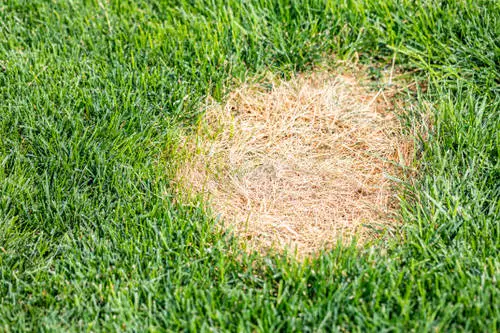
If your garden is full of dead or bare spots, then teabags will come to the rescue! Keep them at those spots and cover them up with grass seed.
With time, the moisture from the tea bag will help in decomposing and add some nutrients to the soil. Finally, there will be a good, healthy, growth of grass!
10. Cleaning Houseplants
Using tea bags to gently clean the leaves’ surfaces is a good idea. The leaves will also absorb little portions of tea that can also provide a healthy boost too.
11. Get Rid of Maggots

If you are facing troubles with maggots and worms in your garden, teabags can be extremely helpful. Dip tea bags in lemon and ginger juice and bury them in the worm-infested area. This will kill the soft-bodied larvae instantly.
12. Remove Fungus
Use brewed tea with chamomile to fight or remove the fungus from plants. As tea has anti-fungal properties, spraying it on the affected parts of the plant will be beneficial. You can also add green tea leaves to make it more potent.
13. Keep Cats Away
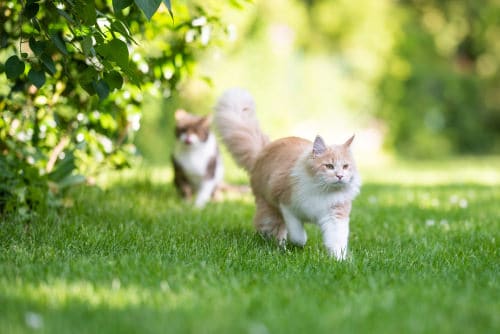
If you want to get rid of the cats that wander into your garden, then you can repel them away using teabags. The strong scent of tea tends to keep cats at bay, and that too without any harmful effects.



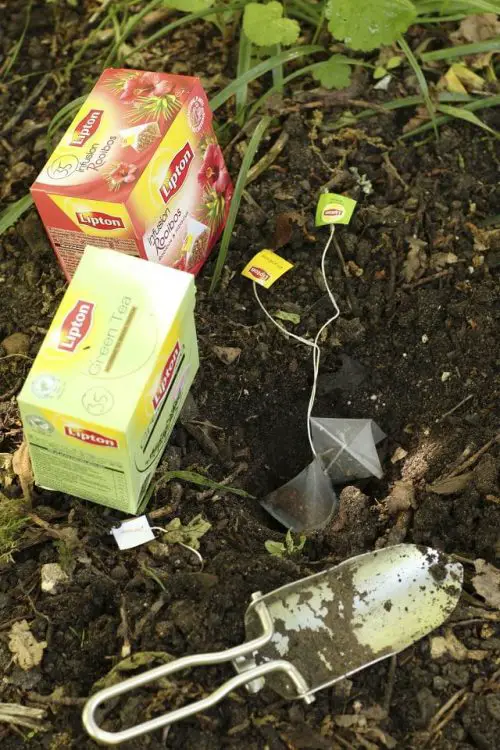
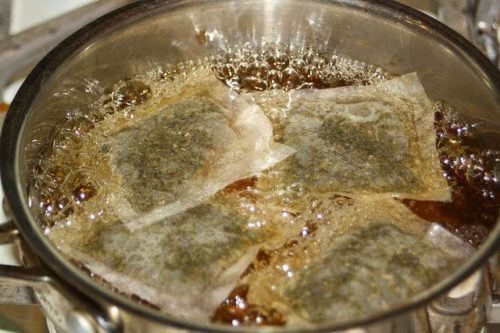
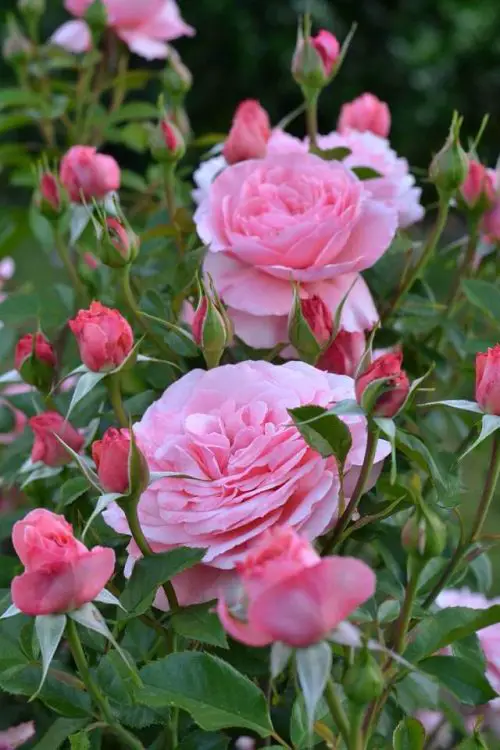

Do tea bags bring in any animals? I want to try it but I live pretty close to the woods and don’t want critters on my porch.
No. Unless you’re using some sort of honey flavored teabags. I’ve never heard of them but you never know…
Animals like foxes and cats do not like the aroma of some t/bags, and to keep insects away mix tea and salt into a watering can and spray all over the garden
Will the tea leaves kill mushrooms that are growing in my garden?
I doubt it as they strictly provide nitrogen to the soil. They may even encourage the growth of fungi. Unless you have a massive mushroom problem I wouldn’t worry as there is a healthy balance of fungi. They also encourage nitrogen into the roots of plants at the molecular level.
12. Remove Fungus
Use brewed tea with chamomile to fight or remove the fungus from plants. As tea has anti-fungal properties, spraying it on the affected parts of the plant will be beneficial. You can also add green tea leaves to make it more potent.
Mushrooms are like any other plant or fruit that you grow. Teabags contain lots of nutrients that will help with the formation of the mushroom. An idea is to use old leftover tea to water the mushrooms because it will act as a fertilizer.
What’s a great adias, I love it.
Great idea how do I find more material to read on these great ideas…
Can I use all tea like sleeping tea or chamomile
I never use tea bags made from plastic, as we ingest that stuff!! Use only paper tea bags, then you don’t have to worry about plastic bags. If you are concerned about pesticides, use organic tea. Also, I brew loose tea, much better tasting, some Brits won’t use any thing else. :-)
A lot of tea bags including Lipton contain loads of pesticides. Do not use for organic gardening!
How do we know if they contain pesticides?
Red Rose tea does not, and organic teas don’t. I switched from my favourite Tetley which was apparently high in pesticides to Red Rose when the study showed red rose had none.
I have green tea liquid concentrate…would this work for a pothos plant rooted in water??
The only problem with a lot of teabags is that they are made from plastic or partial plastic that does not compost. Above is a picture of a box of Lipton tea. The bags are triangle shape. These are some kind of plastic. Not good for the soil.
It literally says to tear the bag open and dump the leaves out.
I’m going to open the bags after they cool down and mix them up in the soil. Good or bad idea?
Bad idea, because the leaves are already compost with lots of nutrients. A thing for you to try is when you next brew a cup of tea do not strain it, put it on a saucer, tear open the top and put any seed in it. The reason for this is because the t/bag is aleady heated and the leaves have now become compost.
Thanks for sharing this, I have always used coffee ground and tea leaves in bags or fresh. They have always worked wonderfully with my herbs. I have repotted my herb seedlings today and watered with freshly made tea in my watering my newly potted herb seedlings. Squeezed out both tea bags and broken both tea bags and shared the the spent tea leaves around each potted herbs. Gaurenteed they will be very healthy happy plants. Tea Leaves as well as Comfrey Leaves are perfect widely used Organic Natural Fertilizers over my last 10 – 12 years growing my own vegetables and herbs xxx
I take people’s plants out of their garbage cans and feed them tea, prune them and just wait.
My friends will say, “Wow! What a great plant!” AND I say, “That’s the one I took out of your garbage!” Fun!
The tea that is spoken about is black tea. Different from herb teas, but they are great as compost as well. I don’t know if the herb teas are acidic, don’t think all are, you can always check them out for their properties.
I have to say Yes
It’s hard to say
It’s hard to say
I agree with you
It’s hard to say
good place to share
It’s hard to say
I agree with you
I agree with you
I am just curious………how often can you add tea leaves to the soil for roses?
One a month? twice?
Can you use Bigelow wild blueberry with Acai (herbal tea)? It’s not my favorite tea & sounds like a good use for it.
I cut my cold t-bags and place the leaves onto the top of my soil it grows mould practically straight away is this any good for my plants
To get the best out of an old teabag.
1 – brew the old teabag
2 – use the old teabag water to water your plants. (acts as fertilizer)
3 – also you can use the old teabag to place around the things you grow to keep pests away.